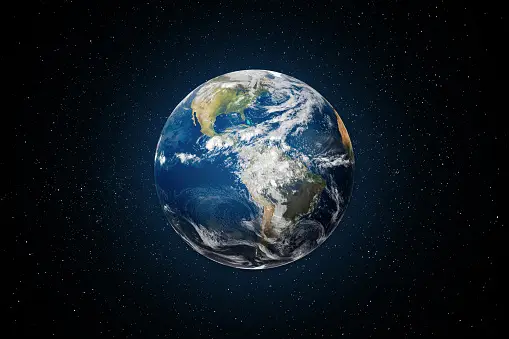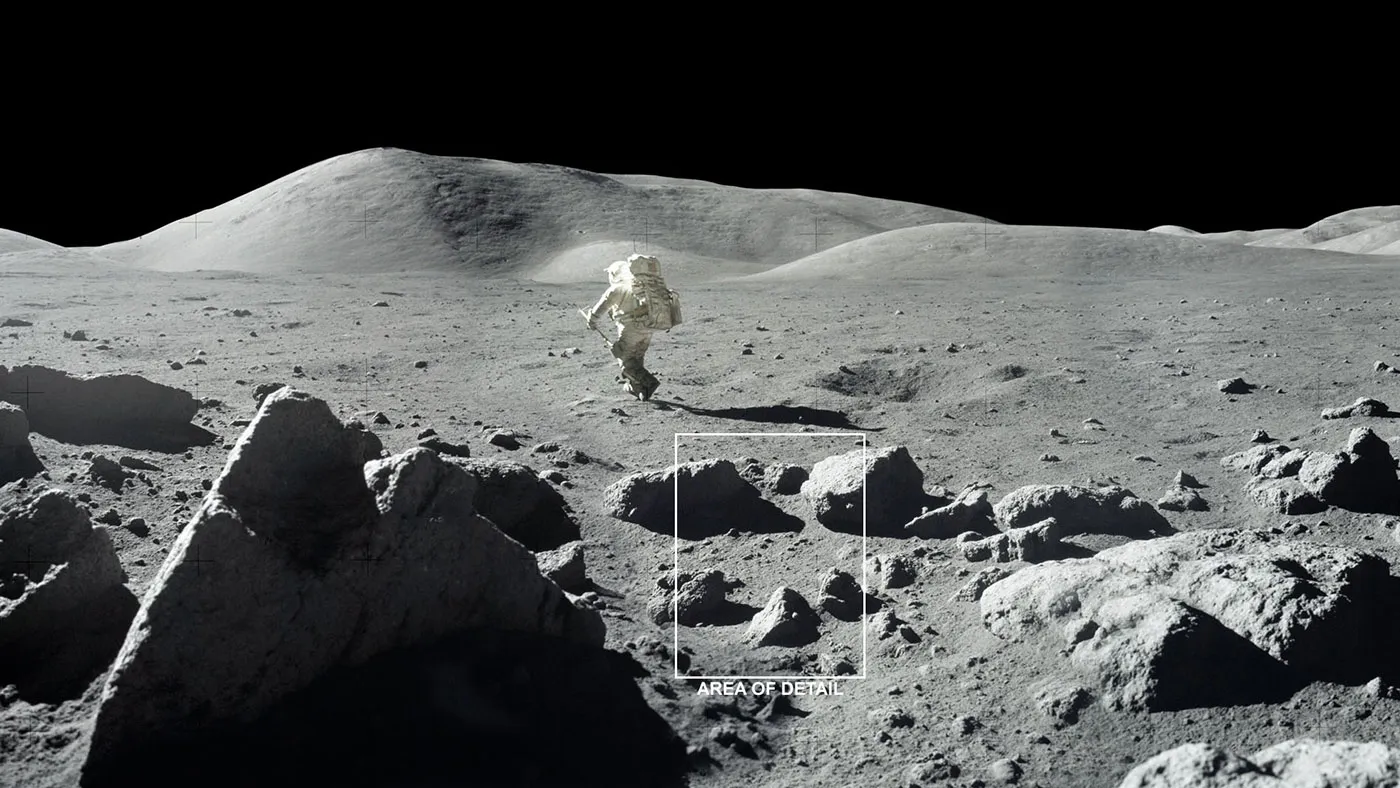Inventions
The Most Stunning NASA Footage from 2022's Mission to the Moon
15 July 2024
|
Zaker Adham
NASA's Space Launch System (SLS) rocket has faced its fair share of criticism due to its towering costs and delayed launches. Despite these challenges, on November 16 at 1:48 a.m. ET, the SLS successfully launched, propelling the Orion spacecraft on its journey around the moon as part of the Artemis I mission
. This mission represents a significant step towards establishing a long-term presence on the moon, with future missions planned to include astronauts.
The Artemis I mission, completed on December 11, saw Orion endure extreme temperatures upon re-entering Earth’s atmosphere before splashing down in the Pacific Ocean. While the SLS has both supporters and detractors, it enjoys strong backing from Congress, ensuring its continued use despite high initial costs.
Below are some of the most breathtaking moments from this historic 25-day voyage.

Flight into Space
NASA released dramatic footage of the rocket’s journey into space, showcasing events just over two minutes after liftoff. The rocket’s two white side boosters, providing 75% of its thrust, detached dramatically once their fuel was spent. The remaining core booster, powered by four RS-25 engines, continued to propel Orion toward the moon.

On Day 1, a camera on Orion’s solar array captured a stunning image of Earth as the spacecraft journeyed towards the moon. By then, Orion was already 57,000 miles away.

Nearly a week into the mission, Orion snapped images from just 80 miles above the moon’s surface, revealing a barren, crater-filled landscape. These craters, potentially harboring water ice, are vital for future deep space missions.

On Day 13, Orion reached 268,563 miles from Earth, setting a record for the farthest distance traveled by a human-built spacecraft. In this distant retrograde orbit, Orion provided stunning views of the moon and Earth.

As the mission drew to a close, Orion’s engines fired to set the spacecraft on a return course to Earth. At its closest approach, it flew within 80 miles of the moon, capturing detailed images of craters and rugged terrain.

After re-entering Earth’s atmosphere and parachuting into the Pacific Ocean, Orion was recovered by the USS Portland. This mission marks the beginning of NASA’s ambitious plans to return to the moon and eventually send humans to Mars.




